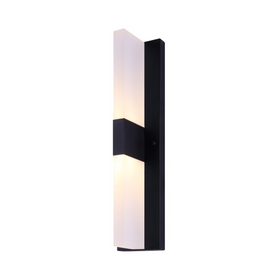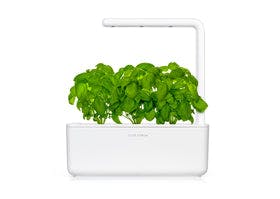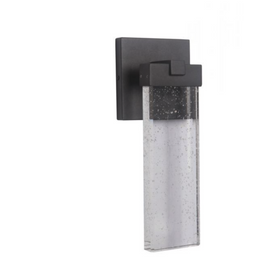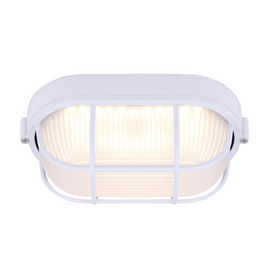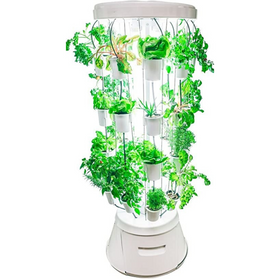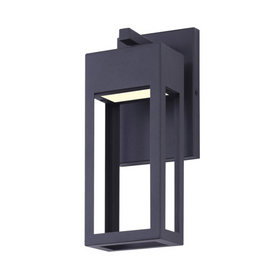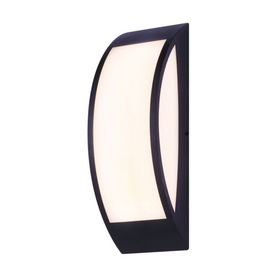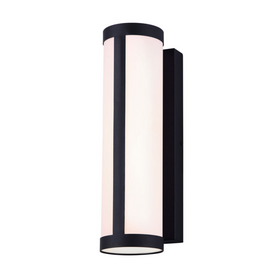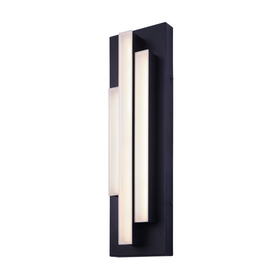
How to Maintain Your Green Roof
Last Updated: Apr 13, 2025Green roofs' value and sustainability benefits are fast becoming popular across the U.S. as an aesthetically pleasing and thermally efficient alternative to rubber roofs, metal, or shingles. Also known as living roofs, green roofs are just as they sound: a building’s roof that’s partially or fully covered with vegetation. Below that vegetation is the soil or growing medium in which the plants thrive. Underneath that is a waterproofing membrane.
Table of Contents
- Weeds and Water
- To Fertilize or Not
- Leak Detection
- Keep a Green Roof Diary

Green roofs can appear on conventional flat or slightly sloped roof surfaces. In urban areas, green roofs are an increasingly popular choice for homeowners because vegetation attracts pollinators and decreases stormwater runoff. A green roof protects homes from direct solar heat—reducing cooling loads by as much as 75% for homes with air conditioning. In winter, a green roof minimizes heat loss through added insulation on the roof (resulting in less money spent on energy bills). As a result, green roofs translate into fewer greenhouse gas emissions—lowering your home’s energy footprint.
Green roofs also reduce the urban heat-island effect. According to the Environmental Protection Agency (EPA), “Heat islands can affect communities by increasing summertime peak energy demand, air conditioning costs, air pollution, and greenhouse gas emissions, heat-related illness and mortality, and water quality.” In other words, vegetation planted on a green or living roof helps cool the surrounding air.
A green roof typically lasts between 35 to 50 years—much longer than several other conventional alternatives. An “extensive” green roof (i.e., one with a shallow soil profile and low-growing, horizontally spreading plants)—which is the kind homeowners choose—is nearly maintenance-free. Still, a roof garden will always need a little care. Here’s a guide to maintaining a happy, green, healthy live roof.
Weeds and Water
Autumn is the time to get up on the roof (late spring and mid-summer are good, too). It’s prime time for pulling weeds when they’re still small. It will also help your roof look its best next spring. Live roofs are continually exposed to weed seeds via wind and birds. Depending on your home’s location, common weeds on green roofs include poplar and maple seedlings, clover, spotted spurge, horseweed, dandelion, and foxtail. If allowed to spread, they’ll compete with your plantings for nutrients and water and eventually take over.
Kevin Flynn and Roxanne Nelson have a live roof on their St. Paul home. They “go up there every couple of weeks in the summer to pull out invasives and tree seeds,” Flynn says. While weeding, check for any insect damage or fungal diseases that might need to be addressed.

Weeding is one of the keys to ensuring a new green roof gets well established, which can take from two to five years. According to the Minnesota Stormwater Manual, “Once the vegetation is well established (i.e., once most of the green roof surface is covered with desired plants, invasive species are minimal, and there are very few areas of the bare ground), maintenance is still crucial, but maintenance needs typically decrease.”
Most homeowners choose water- or drought-tolerate plants for a live roof to minimize another part of maintenance: watering. Still, to thrive, especially during a drought period, roof plants may need supplemental irrigation. Not to worry: Complicated irrigation systems aren’t required; usually, a nice drenching with a hose will perk up your sedums and succulents.

And be careful not to overdo it. Water is heavy. Additional weight on a roof, not to mention a roof garden, can compromise the integrity of your home’s structure. EcoBrooklyn Living Walls suggests using plants suited to your climate and that require little moisture to become established and thrive. Don’t be afraid of underwatering. For slightly pitched roofs, they also recommend you start watering at the top so it can trickle down to the plants at the bottom.
To Fertilize or Not
Fertilizing a green roof isn’t always considered a best practice. Still, some installers suggest it. Plant Connection, Inc., for example, recommends fertilizing during green roofs during their first few years of establishment. This is true whether they are pre-planted or seeded. Over time, the soil medium will build up enough organic matter from the natural cycles of the plants' life. After a few years, they say, the roof should not require any more fertilization.

If one or two species of plants seem to be taking over, you can add clippings or plugs of other plant varieties to re-establish them on your roof. To get those new plants growing, select a growing medium or soil already mixed with an organic fertilizer that will benefit the plants you’re installing. Gingko Sustainability, a green roof installation company in Ontario, suggests testing your growing medium in the spring to find out which nutrients your plants might be lacking. Your installer or local nursery will have suggestions on which nutrients are best, how to incorporate them into your roof soil, and how often.
For sedum roofs, Gingko Sustainability recommends an NPK ratio (nitrogen, phosphorus, potassium) of 5-2-6. The numbers indicate the nutrient concentration (the higher the number, the more concentrated the nutrient). Most commercial fertilizers are higher, but the recommended NPK ratio for green roofs is lower to avoid over-fertilizing, burning the plants. And you can always add more.
Leak Detection
Annually, check the drainage system above or below your waterproof membrane or green roof modules. Look for backed up water after a hard rain that’s puddling or pooling. Popular drought-tolerant live roof plants, like sedums and other hardy succulents, can become diseased or drown if left in water. Some live-roof systems utilize modular panels that homeowners can easily lift to check for leaks and standing water. Also, keep gutters free of leaf debris and tree seedlings, and downspouts clean and in good repair. Even though green roofs absorb much of the water, extra water still needs someplace to go.
EcoBrooklyn Living Walls also suggests making sure drainage areas are clear of plants. Many people like to plant to the very edge, but keeping a clean border around the edge, especially near the drain outlets, helps keep the drains clog-free.
Keep a Green Roof Diary
Companies that install and help maintain living or green roofs suggest that homeowners keep a detailed maintenance log or diary. Include photographs of the green roof every time you weed, water, fertilize, or do other maintenance. Make notes on plants that are thriving and those that aren’t. Take the photos from the same location and with the same view throughout the seasons to track changes. Use those photos, and your notes, to record the effectiveness of weeding, fertilizing, watering, and even supplemental planting. The diary will also keep you on schedule for routine maintenance.
For most homeowners, green roof maintenance isn’t too tasking or difficult. Just be sure to utilize a steady ladder to access the roof. Be sure to have someone who can spot you from the ground in case of difficulties. Plan your green roof maintenance for cooler days. Of course, homeowners can always outsource roof maintenance chores to green roof or landscape professionals. However, part of the joy of having a green roof is getting up top to enjoy the blooms and butterflies—the winged fruits of your labors in planning, planting and maintaining a garden in the sky.
Camille LeFevre
Camille LeFevre is an architecture and design writer based in the Twin Cities.


